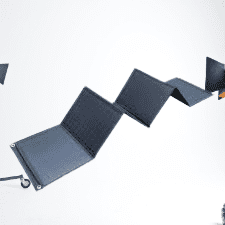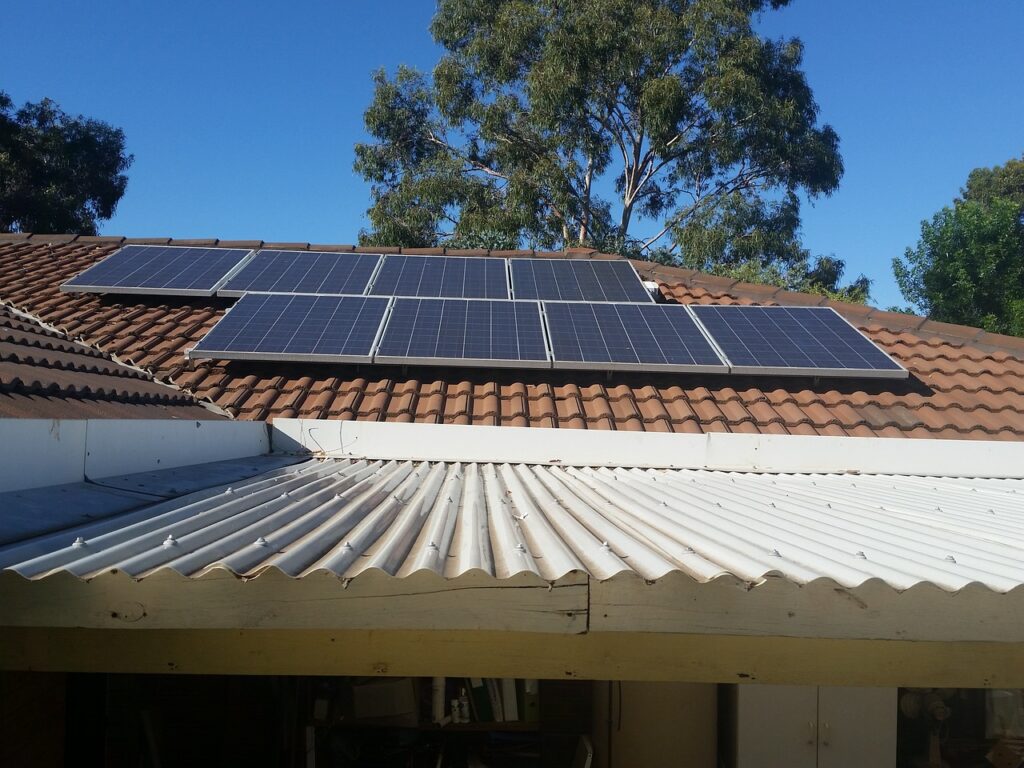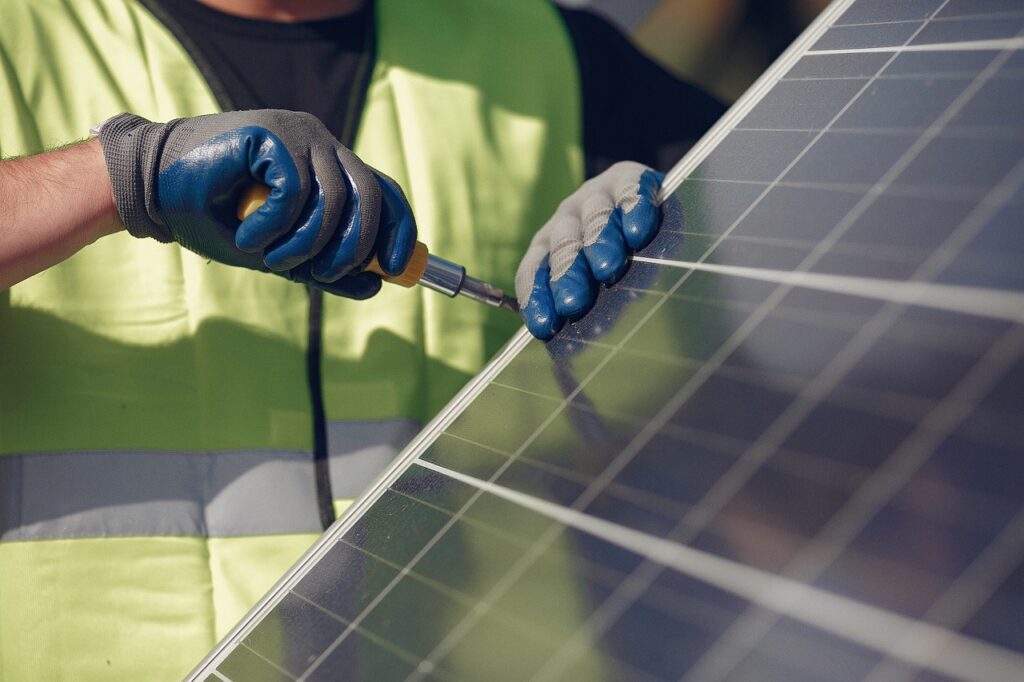Share on Social Network!
In a world powered by technology, staying connected is key. Whether you’re on a camping trip, hiking in the wilderness, or simply out and about, your gadgets need to keep up. This is where foldable solar panels come into play. No longer confined to rooftops, these portable powerhouses are changing the game, ensuring you’re never out of juice when you need it most. In this comprehensive guide, we’ll delve into the fascinating world of foldable solar panels, exploring their function, efficiency, types, and the pros and cons that come with them.
How Does a Foldable Solar Panel Work?
Similar to their stationary counterparts, foldable solar panels harness the sun’s energy and convert it into electricity. This is accomplished through a charge controller, which is connected to the device’s battery. The key is to position the solar panels to catch as much sunlight as possible. When you’re done, simply fold them up and pack them away for your next adventure.
The Efficiency of Foldable Solar Panels
Efficiency is a crucial factor when it comes to portable solar panels. Good foldable panels typically have an efficiency rating ranging from 21.5% to 23.55%. This ensures you can charge your devices during peak sunlight hours. Monocrystalline solar panels, in particular, are known for their efficiency, making them an excellent choice for energy-conscious consumers.
Types of Foldable Solar Panels
Foldable solar panels come in three main categories:
Monocrystalline: These panels are made from a single silicon crystal, offering high efficiency and energy production.
Polycrystalline: Recognizable by their blue appearance, polycrystalline panels are less efficient as they’re composed of multiple silicon crystal fragments.
Thin Film: Thinner and less efficient, thin film panels are the most budget-friendly option. They’re made from various materials, including amorphous silicon and cadmium telluride.
Pros and Cons of Buying a Foldable Solar Panel
Before making a purchase, it’s essential to weigh the pros and cons:
Pros:
- Portability: Foldable solar panels are highly portable, making them perfect for on-the-go energy needs.
- Ease of Use: They are easy to set up and attach to your devices.
- Practical Design: Designed for daytime charging, they offer flexibility in where and when you can charge your devices.
Cons:
- Sunlight Dependency: Foldable panels require a decent amount of sunlight to generate energy.
- Longer Charge Times: Charging may take longer compared to conventional methods.
How to Choose Foldable Solar Panels?
Making the right choice depends on your specific needs:
- Purpose: Determine what you’ll be charging – phones, laptops, LED bulbs, or more.
- Duration: Consider how many days or hours you’ll need the panels to operate.
- Lifespan: Invest in panels with a good lifespan.
- Energy Output: Ensure the panels can supply the required amount of energy.
- Budget: Stick to your budget.
- Portability: Choose a size that suits your travel style.
Uses of Foldable Solar Panels
Foldable solar panels are designed for places with limited access to electricity:
- Camping and Hiking: Ideal for outdoor adventures.
- Remote Areas: Carry them to places off the grid.
Foldable solar panels are a remarkable innovation, bringing solar energy on the go. With this newfound knowledge, you’re equipped to make an informed purchase. Don’t wait; embrace the power of foldable solar panels and never be left in the dark again.
Share on Social Network!



